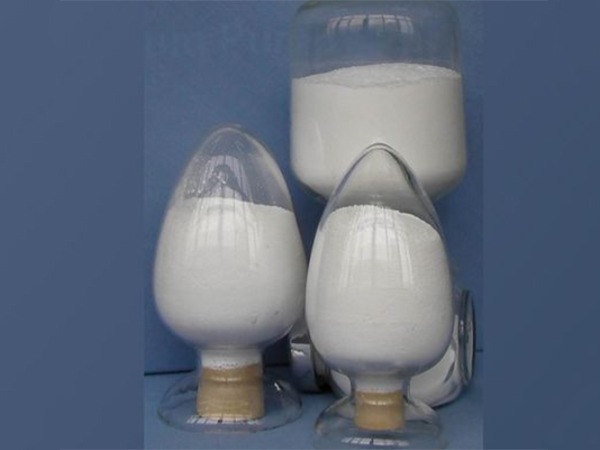In the world of industrial chemicals, few compounds are as versatile and vital as titanium dioxide (TiO2). Among its many forms, enamel-grade titanium dioxide stands out for its unique properties and applications. As industries increasingly focus on sustainability and environmental responsibility, it is critical to understand the environmental impact of titanium dioxide pigments, especially enamel-grade titanium dioxide.
What is Enamel Grade Titanium Dioxide?
Enamel grade titanium dioxide is a special form of titanium dioxide, mainly derived from anatase. This compound is known for its excellent whiteness, opacity and UV resistance, making it a first choice for many applications such as paints, coatings, plastics and cosmetics. It can enhance the brightness and durability of products and has become a must-have material in various industries.
The impact of titanium dioxide color on the environment
Although titanium dioxide is highly praised for its excellent properties, its impact on the environment must be considered. The production and use of titanium dioxide can have a significant impact on the environment, especially in terms of its life cycle. The extraction of raw materials, energy consumption in the production process, and possible waste generation all have an overall environmental impact.

However, companies like Kewei are leading the way in reducing these impacts. Kewei is committed to product quality and environmental protection, using state-of-the-art production equipment and innovative process technologies to minimize waste and energy consumption. By focusing on sustainable practices, Kewei not only produces high-quality enamel-grade titanium dioxide, but also ensures that its operations are environmentally responsible.
SUSTAINABLE PRACTICES IN PRODUCTION
Kewei's sulfuric acid process titanium dioxide production method exemplifies how the industry is moving towards more sustainable practices. The company has invested in advanced technologies to reduce emissions and improve energy efficiency. By optimizing the production process, Kewei has reduced its carbon footprint while maintaining high product standards.
In addition, the use of enamel-grade titanium dioxide in various applications also contributes to sustainable development. For example, in the coatings industry, the use of high-quality titanium dioxide can reduce paint consumption due to its excellent coverage and durability. This not only reduces the amount of product required, but also minimizes waste and the environmental impact of frequent touch-ups.
The future of pigment dioxide in a sustainable world
As industry continues to grow, the demand for environmentally friendly products will only grow. Enamel-grade titanium dioxide is well positioned to meet this demand with its superior performance and potential for sustainable applications. Companies like Covey are paving the way for a future where the environmental impact of chemicals is carefully considered and managed.
In summary, while the environmental impact of titanium dioxide pigments, especially titanium dioxide, is a complex issue, advances in production technology and a commitment to sustainability can significantly mitigate these impacts. As we move forward, manufacturers and consumers alike must prioritize environmentally responsible choices to ensure that the benefits of products such as enamel-grade titanium dioxide are realized without compromising the health of the planet.
Post time: Apr-21-2025

